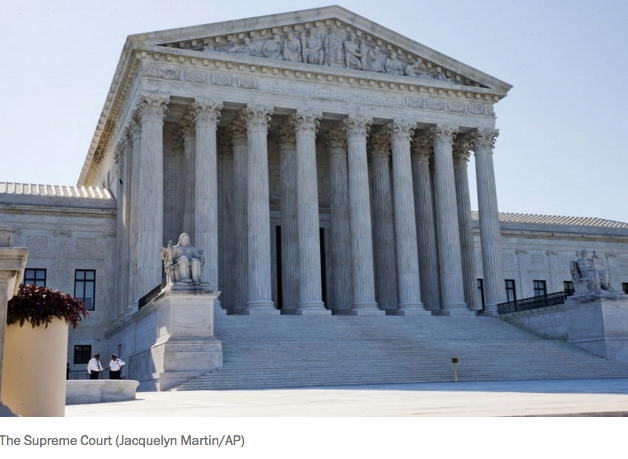. . .
The Constitution grants Supreme Court justices a lifetime appointment if they choose to stay by not specifying a time or age limit of service. The purpose of a lifetime appointment was to give them freedom to make decisions without interference from the executive or legislative branches of government. But the Constitution leaves open the possibility of impeachment and removal by Congress. In U.S. history, one justice was impeached, but not convicted, and one justice resigned under the threat of impeachment.
Section 1 of Article 3 of the Constitution says:
The judicial Power of the United States, shall be vested in one supreme Court, and in such inferior Courts as the Congress may from time to time ordain and establish. The Judges, both of the supreme and inferior Courts, shall hold their Offices during good Behavior, and shall, at stated Times, receive for their Services a Compensation which shall not be diminished during their Continuance in Office.
The single justice impeached but subsequently not forced out was Samuel Chase, a longtime Maryland legislator who was appointed to the court as an associate justice by President George Washington on Jan. 26, 1796, and who served there until his death on June 19, 1811.




